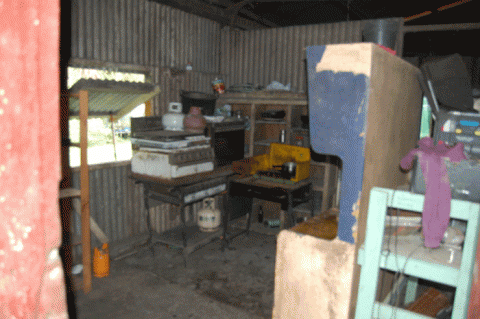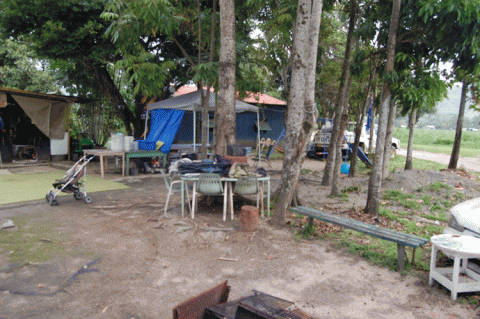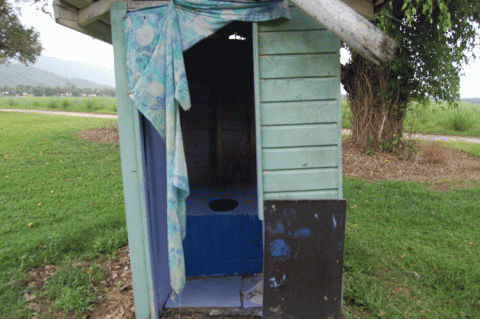Creating Better Understanding of Traditional Places and Housing Needs



In every town with a significant Aboriginal population there are places where the community congregates to talk and to pass on their respects.
These places might have once been checkpoints where visiting Aboriginal people would come to get permission to walk on to another clan's country. They may be meeting places. A congregation area might be the shade of a big tree.
It might be a bridge. It might be an old shack. There will be no running water and only facilities in parks or public places are the only ones that can be used. The one thing in common in all of these places is that they are near places where the spirits of the ancestors remain. A road may now pass close by, a building may over shadow or a sugar plantation may border but the deep feeling of comfort from being in that place is what makes people sleep rough there.
Sometimes people should not be sleeping or living in certain areas but the mainstream law does not know how to draw on the counsel of traditional people who have the means to ensure that people will move on.
Often if there is a choice between a bed or a house in a former mission area or in a designated place in town, many Aboriginal people will choose to stay living rough on the land that they know their mothers and fathers and their mothers and fathers traversed and lived. These places need to be known and the people who have rights to stay there need to be known.
One of the great challenges that Australia faces is reconciling the traditional spaces and places of Aboriginal Australia with the residential and commercial zones of our towns and cities.
In many cases there can be reconciliation. Often Bama simply want a place where they can commune with nature. There is no real disruption or interference to neighbouring places or the public. But a great deal of misunderstanding often occurs especially where the lack of facilities come into play.
Much work needs to be done to map cultural places and to find ways of accommodating Aboriginal needs and requirements as well as ensuring that there is better understanding and support in the general community. This is part of the work that the Yalanjiwarra Jalunji Marrjanga Aboriginal Corporation does every day.
